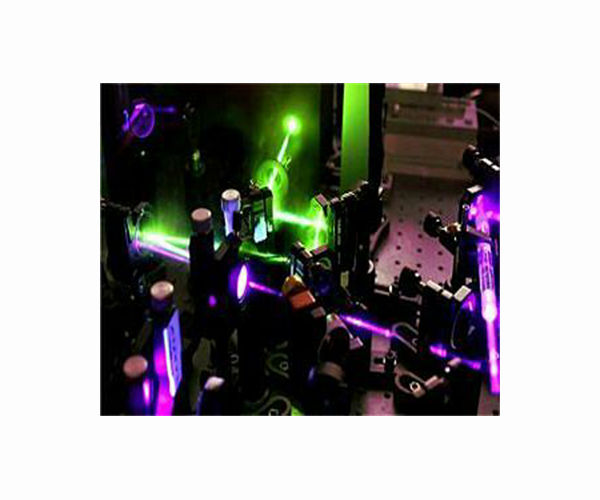Scientists to create solar lasers for space power inspired by nature
by Sophie Jenkins
London, UK (SPX) Nov 19, 2024
An international collaboration, including researchers from Scotland’s Heriot-Watt University, has announced a pioneering approach to harness solar energy in space by converting sunlight into laser beams. This technology aims to enable long-distance power transmission between satellites, from satellites to lunar bases, and potentially back to Earth.
The team is drawing inspiration from natural photosynthesis – how plants, bacteria, and other organisms convert light into chemical energy. The project will incorporate naturally derived photosynthetic structures as part of the laser system’s design.
The potential impact of this innovation extends to powering future lunar bases and Mars missions, as well as enhancing global sustainable energy solutions through wireless power transmission. The 4 million euro APACE project is funded by the European Innovation Council and Innovate UK, with contributions from researchers in the UK, Italy, Germany, and Poland.
Key to the project are photosynthetic antenna complexes from purple and green sulfur bacteria, which are known for nearly perfect energy transfer efficiency through super radiant state formation. The initial phase involves laboratory-based testing, extracting and analyzing these natural light-harvesting mechanisms to understand their highly efficient photon capture capabilities.
Parallel to this, the project will create artificial structures mimicking these natural systems and develop new laser materials compatible with both. The combined laser system will undergo tests in progressively larger configurations.
Unlike traditional semiconductor solar panels, which convert sunlight into electricity, the new system operates on a sustainable organic basis capable of replication in space. It offers the advantage of direct power distribution without intermediate electrical conversion.
Professor Erik Gauger of the Institute of Photonics and Quantum Sciences at Heriot-Watt University, leading the theoretical aspect, emphasized:
“Sustainable generation of power in space, without relying on perishable components sent from Earth represents a big challenge. Yet, living organisms are experts at being self-sufficient and harnessing self-assembly. Our project not only takes biological inspiration but goes one step beyond by piggybacking on functionality that already exists in the photosynthetic machinery of bacteria to achieve a breakthrough in space power.
“Our APACE project aims to create a new type of laser powered by sunlight. Regular sunlight is usually too weak to power a laser directly, but these special bacteria are incredibly efficient at collecting and channelling sunlight through their intricately designed light harvesting structures, which can effectively amplify the energy flux from sunlight to the reaction centre by several orders of magnitude. Our project will make use of this level of amplification to convert sunlight into a laser beam without relying on electrical components.
“We already know it is possible to grow bacteria in space, for example through studies on the International Space Station. Some tough bacteria have even survived exposure to open space! If our new technology can be built and used on space stations, it could help to generate power locally and even offer a route to sending power to satellites or back to Earth using infrared laser beams.
“This technology has the potential to revolutionise how we power space operations, making exploration more sustainable while also advancing clean energy technology here on Earth. All major space agencies have lunar or Mars missions in their plans and we hope to help power them.”
The project will also develop supramolecular gain media, integrating natural or artificial antenna complexes with specialized lasing units and novel cavity designs for lasers at various scales. The first prototype is anticipated within three years.
Related Links
Heriot-Watt University
All About Solar Energy at SolarDaily.com

